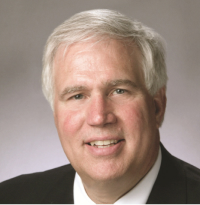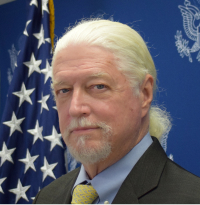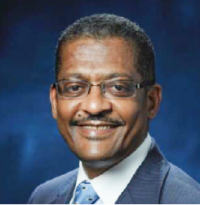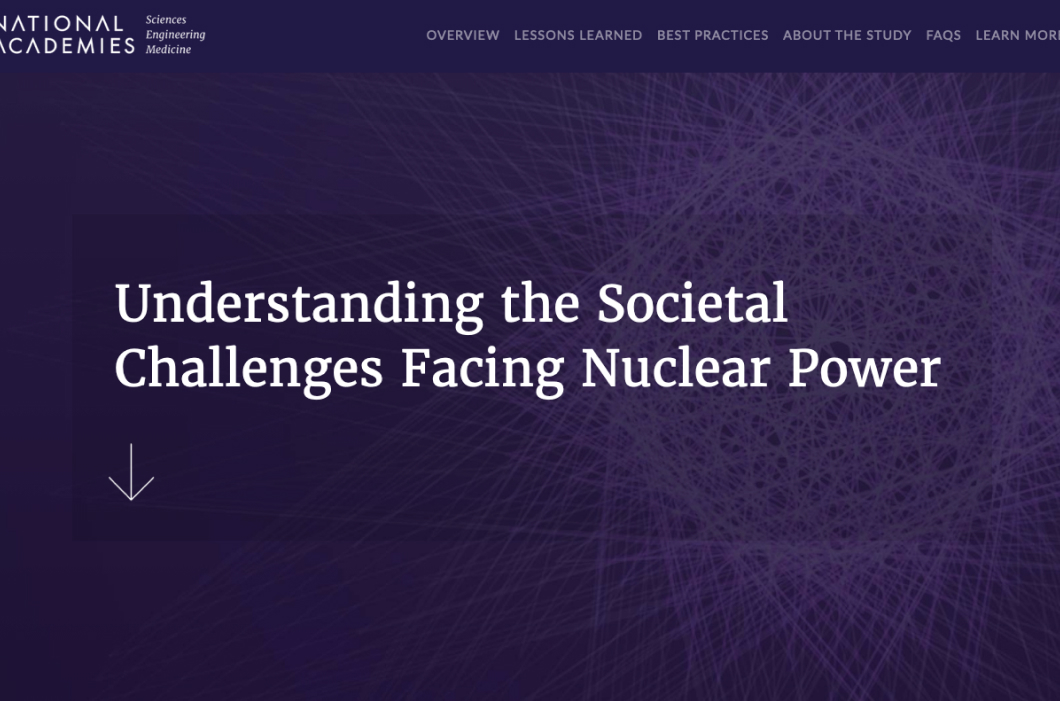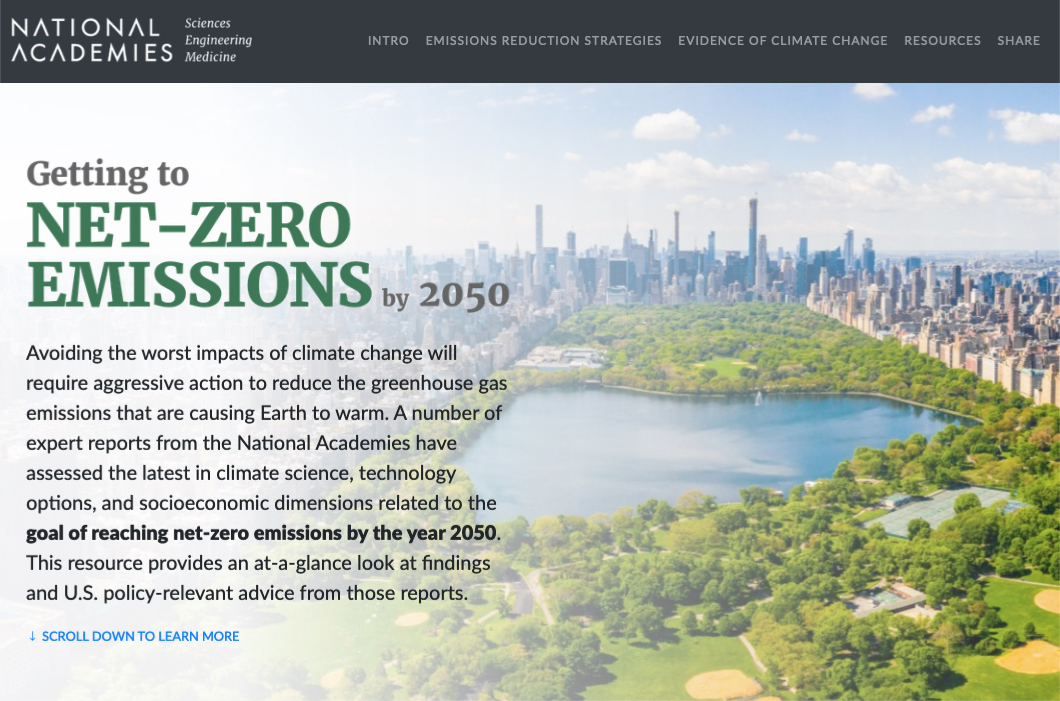What are advanced nuclear reactors and how can they be used?
Light water reactors (LWRs) are the only type of reactor currently in use at commercial nuclear power plants in the United States. However, many companies are working to develop new small modular LWR designs as well as advanced reactor concepts that are fundamentally different from the LWR design. These new and advanced nuclear reactors could potentially meet a much wider variety of energy needs than the light water reactors in service today. These applications could include:
-
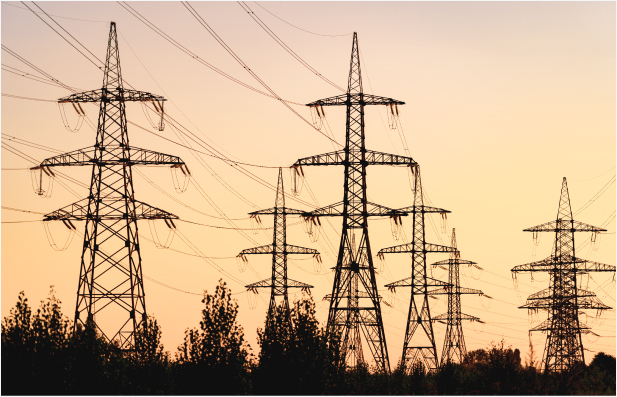
GENERATING ELECTRICITY FOR THE GRID The main use for advanced nuclear reactors moving forward is likely to be as small modular reactors producing electricity for the grid. Some smaller reactors could be manufactured in a controlled factory setting to reduce on-site construction costs. These new power plants could potentially repurpose fossil fuel plants and take advantage of existing infrastructure.
-
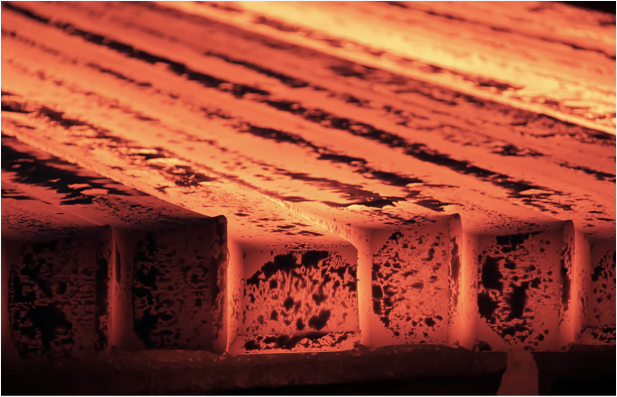
PROVIDING HEATAdvanced nuclear reactors could provide heat for:
- Thermal energy storage for electricity production
- High-temperature heat for industry, such as chemical processing or hydrogen production
- Low-temperature heat for district heating, desalination, or agriculture
-
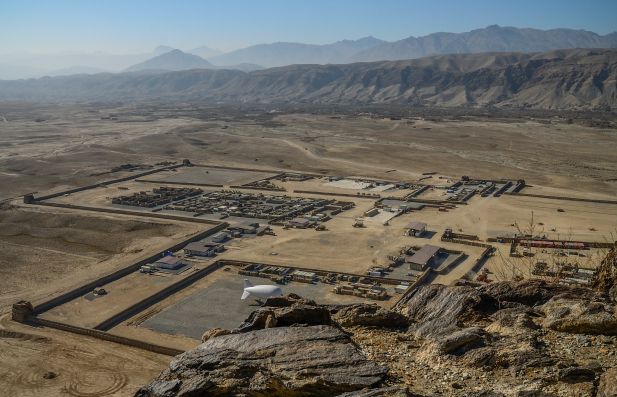
PROVIDING PORTABLE POWERAdvanced nuclear reactors could provide portable power for:
- Microreactors (1-10 MWe) for remote sites or transportable microreactors to meet emergency needs
- Marine propulsion
- Remote military bases

